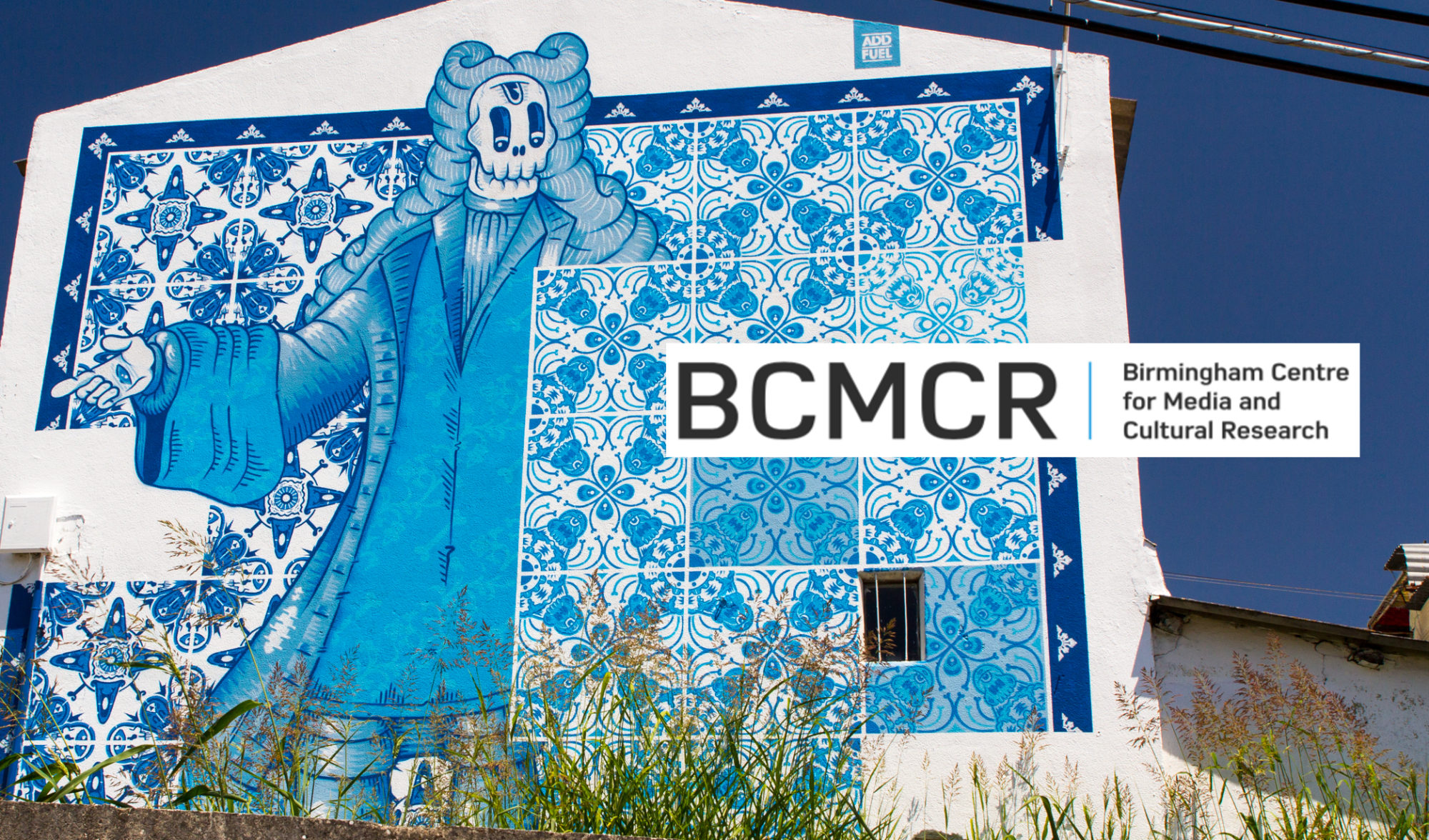Homi Bhabha’s model of cultural translation is deeply influential. The main argument is set out in a chapter of his 1994 book, The Location of Culture, titled ‘How Newness Enters the World: Postmodern space, postcolonial times, and the trials of cultural translation’ (pp. 212 to 235).
It builds on work on poststructuralist efforts around deconstruction, and as such forms a key part of postcolonial theory. Bhabha sees cultural translation as a discursive practice or strategy. By that I mean a method of carefully negotiating various discourses either through literal practice and action or the production of literature, culture, media, analyses and knowledge-making. The discourses of particular concern for Bhabha are connected unsurprisingly to issues of the migrant, the first- or second-generation immigrant, particularly those individuals and family groups moving from post-colonial countries to the West.
Bhabha’s work seeks, in part, to answer a series of related questions about how individuals from a minority might survive within a (implicitly or explicitly) violent and oppressive majority culture. In that sense, his theory has an clear straightforward ethical concern: how are migrants from postcolonial countries supposed to live when they migrate to the countries that oppressed them – do they assimilate, or should they strive to retain their heritage somehow?
The answer he puts forward is cultural translation: a way of rewriting oppressive (Western) discourses in order to expose their internal contradictions, to collapse their structural integrity, and to open up a space for something new. When Bhabha questions ‘how newness enters the world’, he’s thinking less about literal chronological newness and more about how a migrant might take the discourses that structure Western culture and refashion them into something particular to his or her life, something totally novel, unseen, unshackled from pre-formulated stereotype or regressive fantasy, and therefore untainted by – or even escaping – the workings of Western (colonial) power.
Blasphemy, here, is the slippage between the intended moral fable and its displacement into the dark, symptomatic figurations of the ‘dreamwork’ of cinematic fantasy. In the racist psychodrama staged around Chamcha, the Satanic goatman, ‘blasphemy’ stands for the phobic projections that fuel great social fears, cross frontiers, evade the normal controls, and roam loose about the city turning difference into demonism. The social fantasm of racism, driven by rumour, becomes politically credible and strategically negotiable: ‘priests became involved, adding another unstable element – the linkage between the term black and the sin blasphemy – to the mix. As the unstable element – the interstice – enables the linkage black/blasphemy, so it reveals, once more, that the ‘present’ of translation may not be a smooth transition, a consensual continuity, but the configuration of the disjunctive rewriting of the transcultural, migrant experience. (Bhabha, p. 226)
As those familiar with deconstruction will note, Bhabha’s cultural translation has a flavour of Derrida’s interpretive practice to it. This would be the analytical and rhetorical method by which the internal structures of a canonical text are exposed as in some way ultimately contradictory, subverted or inverted, and shown to be dependent on a typically excluded ambivalent ‘third term’. But Bhabha describes cultural translation as creating a kind of ‘third space’, both Western and Other and also properly neither, something that falls in-between, a space where the logical structures that underpin the west (and hold it in a space of conceptual dominance over an Other) collapse.
Although cultural translation might seem a little abstract, Bhabha uses an example that nicely illustrates his point. In The Satanic Verses, Salman Rushdie invokes two contradictory discourses – the discourse of the liberal Western subject, and the discourse of the fundamentalist Muslim. Rushdie’s novel takes cultural objects in the ‘minority’ discourse – figures from the Qur’an – from a register of holy religious writing and places them within a register belonging to the major Western discourse, literary satire. As his novel unfolds, it becomes clear that the cultural translation of Qur’anic figures like this exposes an underlying binary structure shaping both Western and Islamic discourses (the authentic and original ‘true’ text vs. the false text, the copy). The translation is conducted in such a way as to show up and subvert this binary (a sacrilegious move that was largely responsible for Rushdie’s fatwa), and so to create a space for new values to associate with the text that are better applicable to the migrant’s specific circumstances.
Cultural translation is not, therefore, simply a process whereby minority cultures are incorporated into the West’s fantastic assimilatory behemoth, as in Talal Asad’s model. Rather, cultural translation is a way for minority subjects to claim a degree of agency within a majority culture. As Buden et al write:
Bhabha proposes the concept of the ‘‘third space’’, as the space for hybridity, the space for subversion, transgression, blasphemy, heresy, and so on. But hybridity is also the space where all binary divisions and antagonisms, typical of modernist political concepts including the old opposition between theory and politics, cease to hold. Instead of the old dialectical concept of negation, Bhabha offers the idea of negotiation or cultural translation, which he believes to be in itself politically subversive, as the only possible way to transform the world and bring about something politically new. In his view, then, an emancipatory extension of politics is possible only in the field of cultural production, following the logic of cultural translation. (Buden et al, p. 201)
This definition is, it goes without saying, an immensely political one. I can’t help but connect it up to other discursive practices, like Afrofuturism, and indeed like the experimental artistic practices that developed in Brazil under the banner of tropicalia and anthropofagismo. The idea of taking cultural forms and reclaiming them is a powerful way of thinking about how cultural production and reception is negotiated more broadly.
_____
Bhabha, Homi K. The location of culture. Routledge, 2012.
Buden, Boris, et al. “Cultural translation: An introduction to the problem, and responses.” Translation Studies 2.2 (2009): 196-219.
